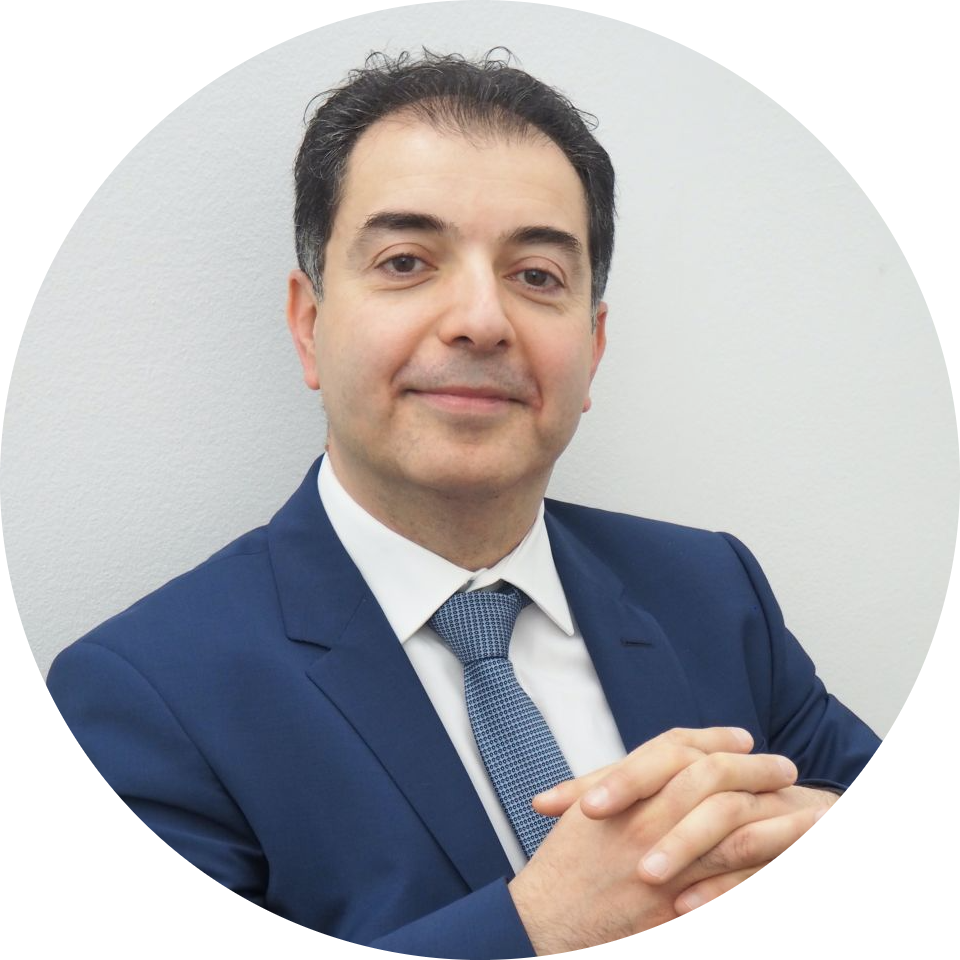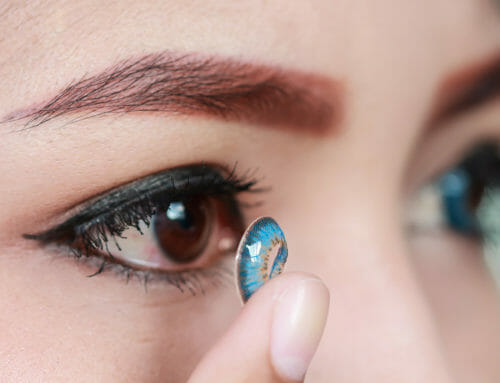
What Is Lattice Dystrophy?
Lattice dystrophy is a disease of the stroma layer of the cornea. The stroma is the third layer of the cornea and lattice dystrophy is a build-up of abnormal protein fibres, also called amyloid deposits, through the anterior and middle stroma. This disease can arise at any time, but tends to start in children aged between two and seven.
An ophthalmologist can see the protein fibres during an eye exam. The deposits seen by the eye doctor are clear and comma shaped with branching threads and overlying dots, which looks like a lattice, hence the name lattice dystrophy. As time passes, the lattice encompasses more and more of the stroma and the fibres become cloudy and dense. As the lattice fibres progressively converge it causes the cornea to become cloudy, which can reduce vision.
For some patients, the amyloid deposits can amass underneath the epithelium, this is the first outermost layer of the cornea. Unfortunately, this can cause recurrent epithelial erosions which can change the cornea’s shape causing vision issues. The erosions may also expose the corneal nerves causing intense pain and discomfort, even blinking can be extremely painful. There are various treatments ophthalmologists may recommend to reduce the pain, from prescribing eye drops, gels and ointment to try and lower the rubbing on the eroded cornea, and even using an eye patch to restrain the eyelid from opening and closing. If correct care is taken, epithelial erosions normally heal within about 2-3 days but some pain may still be experienced over about 8 weeks.
Patients that have had lattice dystrophy from a young age may find that by about age 35-45 they will have scarring on the underside of the epithelium, this causes corneal haze which can severely impair their vision. If this does occur, then a corneal transplantation could be required. A corneal transplantation is a complex surgery, and even though lattice dystrophy patients have a high chance of success, the disease can return in the donor corneal tissue. If lattice dystrophy does occur in the donor cornea, and it is caught early, then it does respond well to treatment.

About the expert
Mr Hamada | Consultant Ophthalmologist and Corneal Surgeon
MD, MSc, DO (hons), FRCSEd, FRCOphth I am Samer, founder and consultant ophthalmic surgeon with over 20 years’ experience in ophthalmology. I am a world-renowned specialist in cornea, cataract and refractive surgery. I’m not only a leading surgeon but also the only dual fellowship trained in corneal diseases in children from reputable institutions in the UK. At Eye Clinic London I work closely with other consultant ophthalmologists, optometrists and orthoptists to achieve the best outcomes for our patients. Our main aim is to make sure our patients get the safest and best treatments available to them. We put your safety before anything else so you can rest assured that if you choose us you will be in the best and safest hands.



